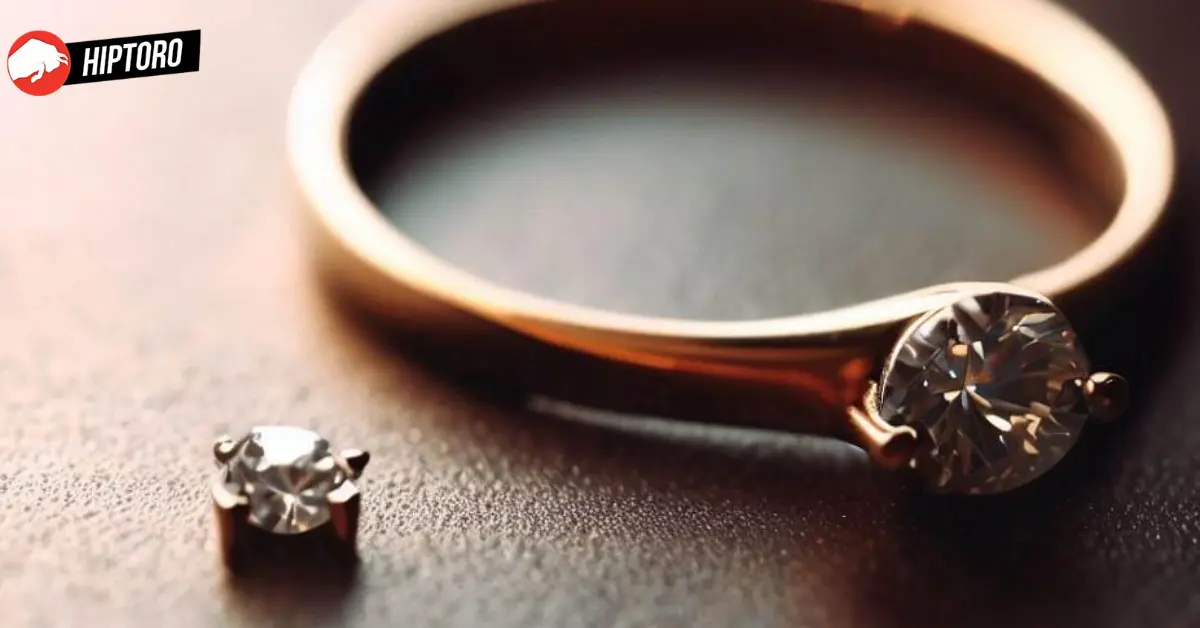What is a Carat and Why is Gold weight measured in it?
The term “Carat” has special meaning in the world of gold and gems. This unit of measurement twirls on the delicate weight scales, evaluating the appeal of diamonds, sapphires, and other jewels. A carat is a little entity in the domain of mass, weighing exactly 200 milligrammes or 0.2 grammes.
Its creation, acknowledged by an international convention in 1907, gave gem traders and enthusiasts a universal language. However, beneath this shining surface is a centuries-old story.
In an era where uniformity was elusive, the carob seed emerged as an unexpected beacon of consistency. A distant ancestor to today’s carat, the carob seed from the carob tree took center stage as a fundamental unit of measurement for gem weight.
You may be wondering how a seed shaped the destiny of the gem trade. One carat of carob seed was designated as a touchstone for determining the weight of valuable stones.
In the absence of a standardised metric, people of the past accepted the carob seed’s seemingly uniform weight. However, as nature frequently reminds us, perfection is unattainable. Variations within a single pod of carob seeds raised eyebrows.
However, history demonstrates that it was not only the consistency of the seed that grounded this strategy. A fascinating study published in the Royal Society: Biology Letters in 2006 revealed that human judgement played a minor role.

With the naked eye distinguishing weight differences of roughly 5%, dealers left the negotiation table pleased, secure some kind of fairness. This revelation, although encouraging harmony, also cast a shadow, exposing the door to possible system manipulation.
What is a Karat?
The term “Karat” adds a new facet to our journey—a facet gleaming with the purity of gold. Step aside from gemstones, and welcome the karat’s entrance. Strangely similar in sound yet profoundly distinct, a karat is the venerated measure of gold’s composition.
Within the confines of the United States, it dons the “karat” attire, while beyond, it embraces the moniker “carat.” Unraveling this etymological anomaly reveals a historical tapestry from the 16th century.
As the pages of history spin, we come upon Emperor Constantine and a solid gold coin. This coin, a proud carrier of 24 karats, was inspired by none other than the carob seed. For these 24 karats, the weight of 24 carob seeds is an unusual combination of tradition and practicality.
Today, the karat tells a different story: it describes the purity of gold. A 24-karat gold band radiates pure majesty, whilst a 14-karat counterpart combines gold with 10 parts another metal.










